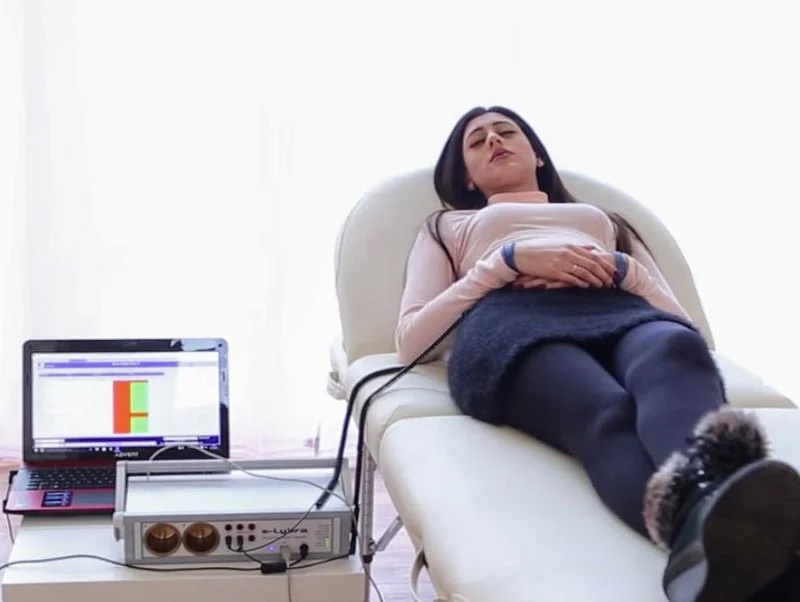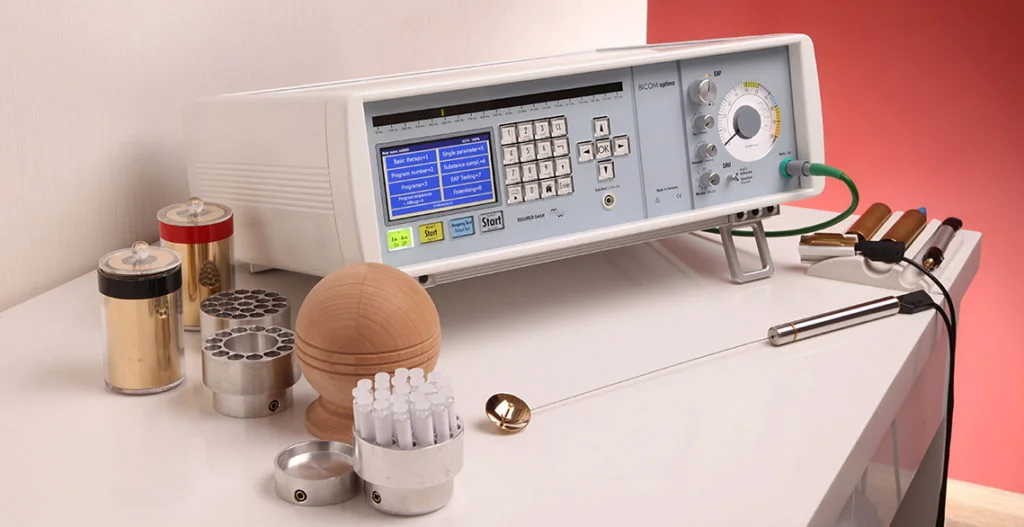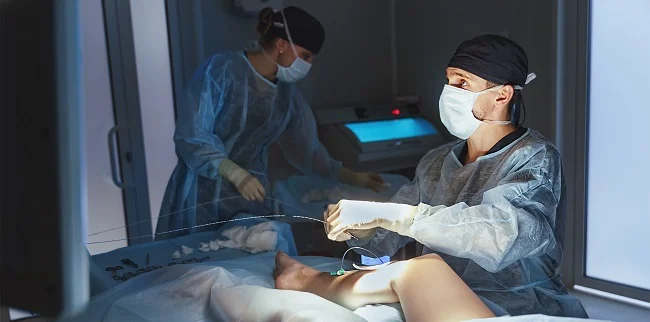Peer-Reviewed Research
Bicom patients and their veterinarians use the therapy for many different reasons, including chronic problems that have been plaguing the patient for long periods of time. Bicom therapy is able to get to the bottom of chronic problems and help patients finally feel like themselves again. Used in conjunction with mainstream medicine or therapy, Bicom can be the missing piece that can finally help resolve your most challenging cases. Read on below to see peer-reviewed research articles that explain how Bicom therapy can help your patients.
Bioresonance therapy of rheumatoid arthritis and heat shock proteins
by B.I. Islamov, V.A. Funtikov, et. al
Bulletin of Experimental Biology and Medicine
Bioresonance therapy normalized protein synthesis in lymphocytes inhibited by 60% in patients with rheumatoid arthritis, restored impaired synthesis of heat shock proteins at rest (73 and 65 kD proteins) and after heat shock induction (120, 87, 73 and 72, 65, 55, 32 kD, respectively), and provided high induction level for 70 and 32 kD proteins compared to healthy subjects. It is assumed that therapeutic effect of bioresonance therapy is partially determined by recovery of functional activity of lymphocytes due to normalization of heat shock protein synthesis.

Transfer of molecular information using a bioresonance instrument (BICOM) in amphibian trials
By P.C. Endler, M. Citro, et. al
Journal for Medical Practice
Two independent double-blind studies, performed in Austria and Italy, demonstrated that bioinformation can be scanned and transferred by a bioresonance instrument (BICOM). The metamorphosis of tadpoles could be greatly slowed down by transferring information from a toxic solution of the hormone thyroxin to the aquarium water in a number of parallel trials.
Our preliminary tests on scanning the information from thyroxin molecules were performed in two areas. On the one hand this involved the ‘homeopathic’ method of stepwise dilution and agitation of a highly concentrated, that is metamorphosisinhibiting, stock solution; here the thyroxin-bonded information from the thyroxin molecule was scanned by using the Hahnemann method. In another stage, this information was also digitalised (F. Senekowitsch et al.). On the other hand, the preliminary tests used electronic scanning of this type of solution using the bioresonance method.
These two methods produced the interesting finding that the effect of concentrated molecular thyroxin (log 3, slowing of metamorphosis) can be retained by both procedures, evidently independently of the thyroxin molecules.

Serum cathepsin B activity during regression of Morris hepatoma 5123 D
By Artur Fedorowski, Andrzej Steciwko, Jerzy Rabczyński
Medical Science Monitor
Serum cathepsin B activity has been considered a potential marker of tumor progression. We previously demonstrated that low-frequency electromagnetic stimulation (LF EMS), called bioresonance therapy (BRT), may both accelerate and inhibit the growth of transplantable hepatoma (Morris type 5123D), including total tumor regression. The aim of this study was to assess serum cathepsin activity during tumor progression and regression.
Material/Methods: Of 60 female rats inoculated with Morris hepatoma cells, 45 were treated with BRT, and the remaining 15 were left without treatment. Fifteen rats without inoculated tumors served as controls. Serum cathepsin B activity was determined, tumor volumes were measured, and histological examinations of the tumor tissues were performed.
Results: Of the 45 BRT-treated rats, tumor regression was observed in 31 rats, and serum cathepsin activity was analyzed in these rats. In all non-treated rats, tumor progression was observed. Serum cathepsin B activity was significantly higher in both the BRT-treated group (27.8±4.1 U/I, p< 0.01) and the tumor-bearing group (19.9±2.5 U/l, p< 0.05), as compared to the controls (13.3±3.4U/l).
Conclusions: Cathepsin B may play an important role, not only in tumor expansion, but also during the processes of cancer cell death and resorption. High circulating levels may thus correspond to effective therapeutic response in the course of antitumor treatment.

Retrospective surgery study of the therapeutic effectiveness of MORA bioresonance therapy with conventional therapy resistant patients suffering from allergies, pain and infection diseases
By Eckart Herrmann, Michael Galle
Medical Science Monitor
The patients were resistant to conventional therapeutic efforts. They are suffering from diseases in the internal-orthopaedic-neurological spectrum and were treated with the MORA-concept [bioresonance] and partly additional with the Zapper therapy according to H. Clark. For all patients and for three groups of indications (allergies, pain, infections) a global assessment of therapeutic effectiveness (very good – good – satisfactory – not satisfactory) was determined.
83.3% of all the patients exclusively treated with the MORA-concept (N = 296) were assessed very good to satisfactory. In the field of allergies (N = 169) this positive global assessment of therapeutic effectiveness comes to 88.2%, in the field of pain (N = 85) to 85.9% and in the field of infections (N = 78) to 96.1%.
For patients suffering from diseases in the frame of the internal-orthopaedic-neurological spectrum, as well as particular in the fields of allergies, pain and infections the [bioresonance] therapy has a high practical-therapeutic effectiveness.
